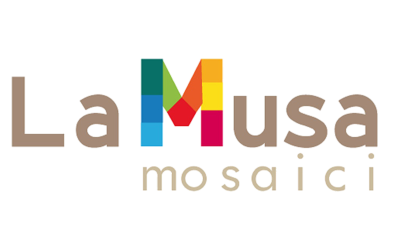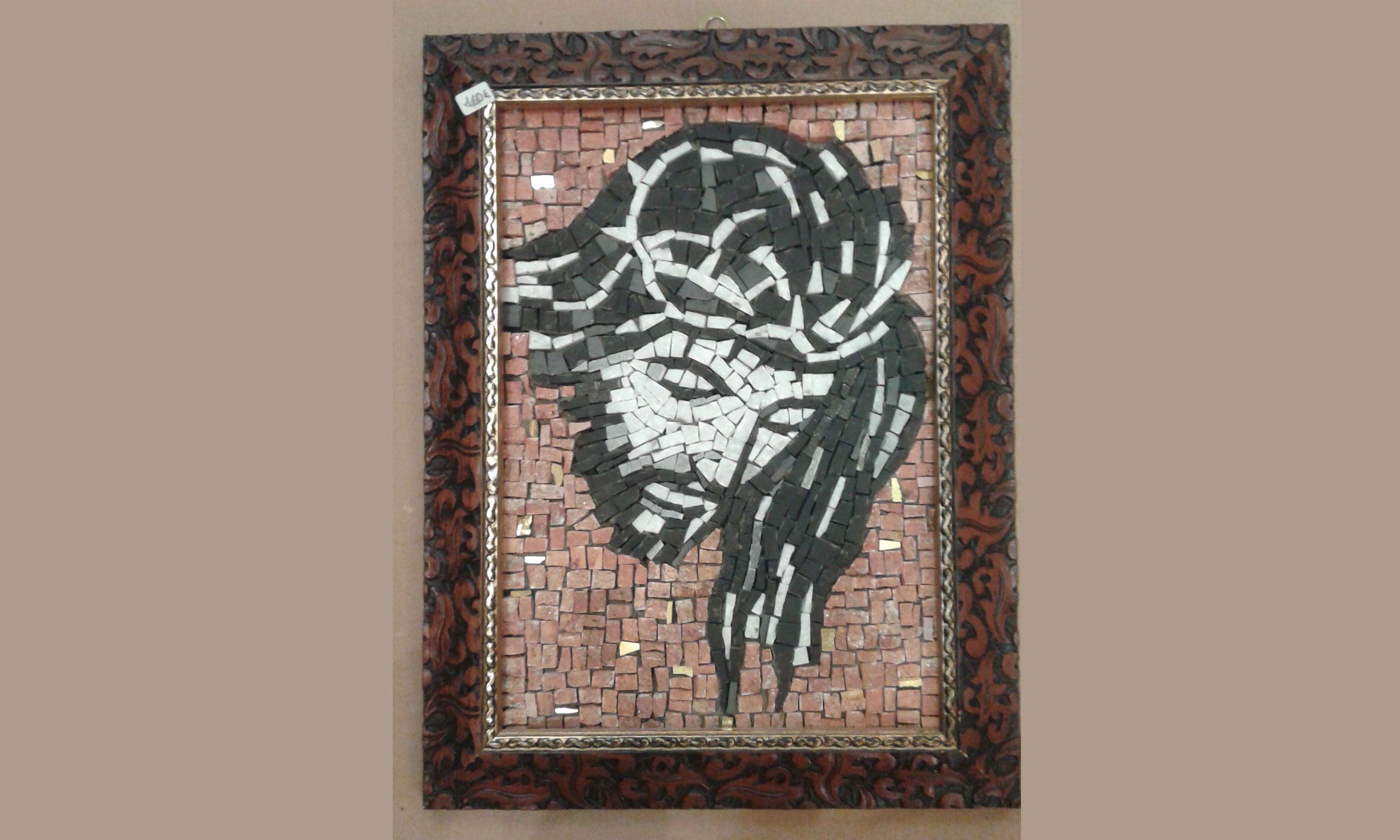Sacred Art Mosaic I was born on 1990, and the aim was to contribute with its art, to the decorum and the disclosure of the mosaic art in the sacred field. In these years of strong commitment and research, Musa has achieve the purpose, both with the design of new Sacred Art Mosaic and with the restoration for the churches.Sacred Art Mosaic That is attested by sevarals works in Italy and abroad. The works made in our shop is in collaboration with many architects and artists, that planning with us new themes and find a happy connection with our way of mosaic technique. In traditional mosaic and in moderno ne we are able to obtain an efficient relation between technique, color and representation.
La Musa Mosaici work in the mosaic field since a long time, producing unique and originals mosaic.We make mosaic for every setting, customizing your spaces with exclusives colors and materials chosen for you.Taste, craftsmanship, precious materials and a great wealth of experience. Sacred Art Mosaic We sell materials, enamel and marble tiles, equipment, hammer and chisel.Enter in our gallery to see some examples of our mosaic works, or if you want to discover and experience firsthand the real mosaic technique take part in our class.It’s a mosaic workshop, that was born in Sacred Art, realizing different mosaici works in Italy and abroad, in collaboration with many artists and architects.However, its real fondness is the interior decoration, creating pieces that make the house unique, with mosaic tables, surfaces, pictures, lamps, decorative objects. Musa Mosaici makes available her experience planning mosaic classes for everyone who wants to learn the techniques of this ancient and fascinating art.
The word “mosaic” comes from Greek and means «patient work worthy of the Muses”. Without objection represents one of the most high expression of art and one of the most antique and showy way of ornamentation as integral part of architecture. Archaeological finds of Ur and Uruk cities shows that Sumerians on 3000 b.C. adorned their constructions with geometrical decorations putting inside the fresh mortar clay cones with an enameled white, black and red base, which was useful to protect the brickwork of row bricks. In Greece on V-IV sec b.C., spreads pave mosaic of little stones, born with more practical functions than aesthetic, to protect from the usury the clay pavements. First witnesses of natural stones tiles mosaic in ancient Rome were during the late III sec b.C.. Then, with the expansion in Greece and Egypt, starts an interest around the aesthetical research and sophisticated compositions. With the spread of Christianity in the III sec d. C. and with the consequent construction of worship buildings, mosaic passed from the floors to the walls preferring sacred subjects. Even the material became richer, glass paste overflowed churches, while golden tiles marked a spiritual lights and a supernatural dimension. Between XV and XIX, sec. mosaic evolves but becomes succubus to the paint and lost its independence and function, showing in this way many technical virtuosity. In the twentieth century many artists as Gaudi, Klimt, Severini etc. gave back to the mosaic a new life tuning to the modern times. They let reborn the monumental dimension of synthesis of the mosaic, the great breath with the architecture, developing solutions of design, decorative elements, panels and forms to let in the spaces of daily life.

